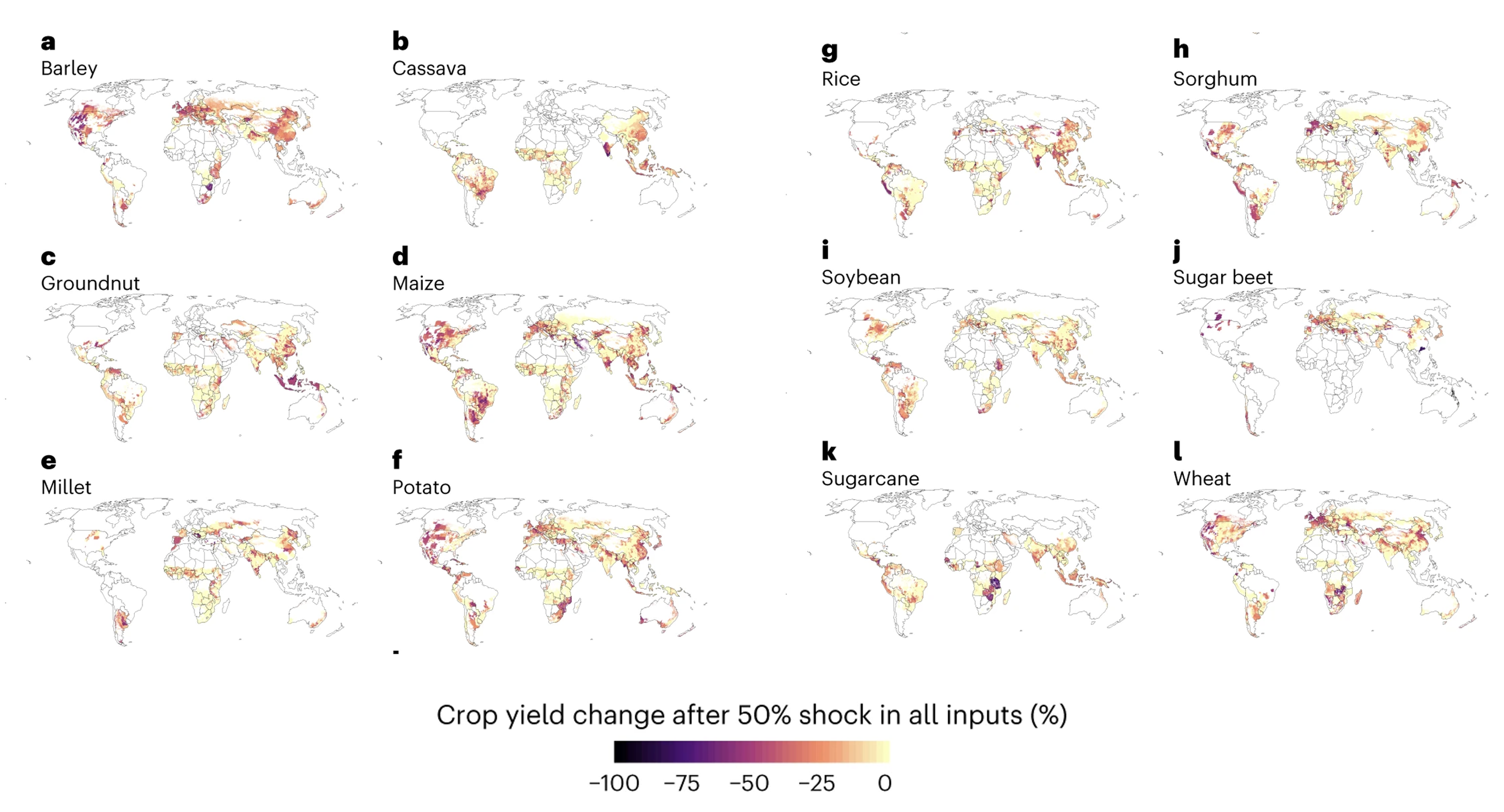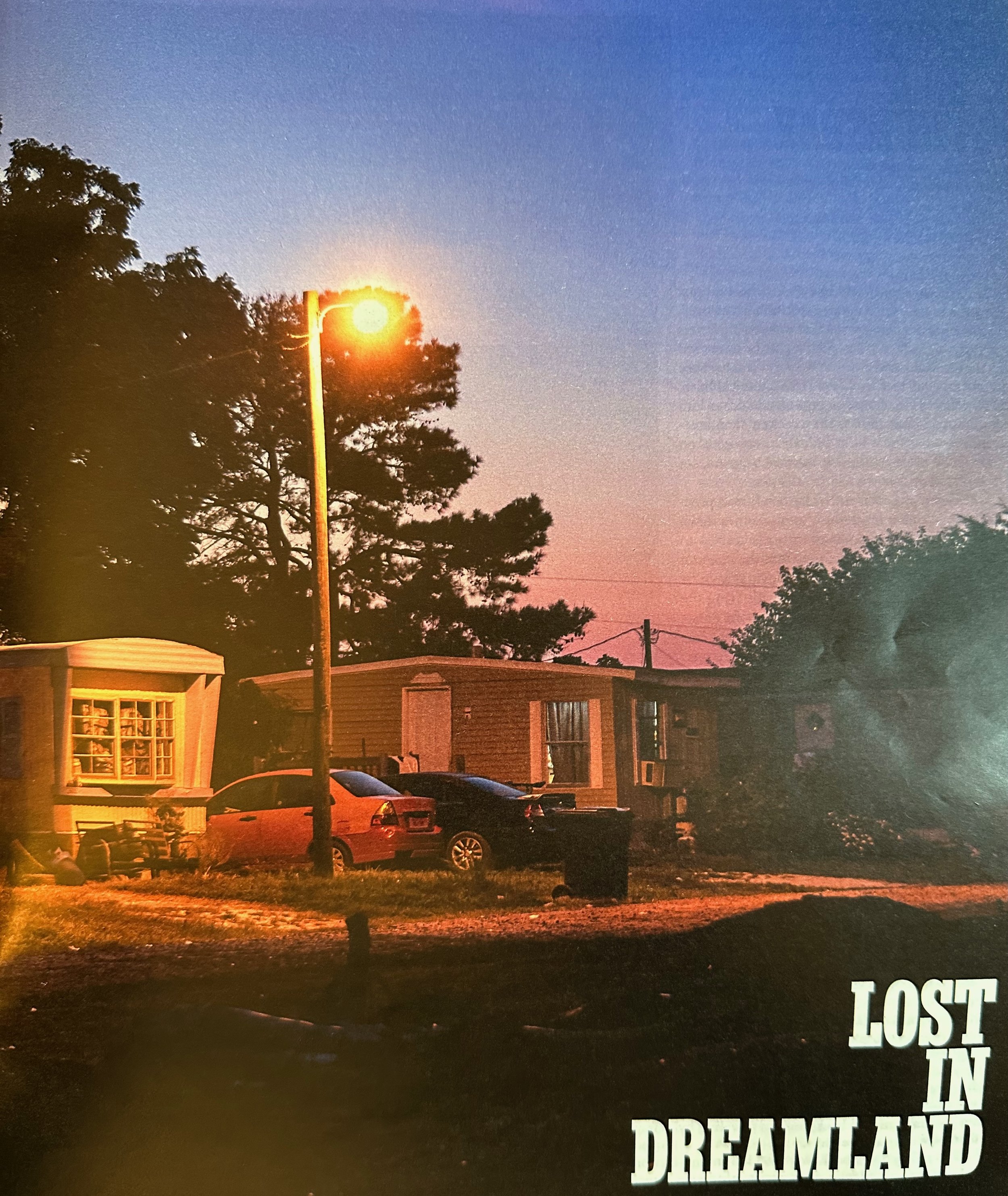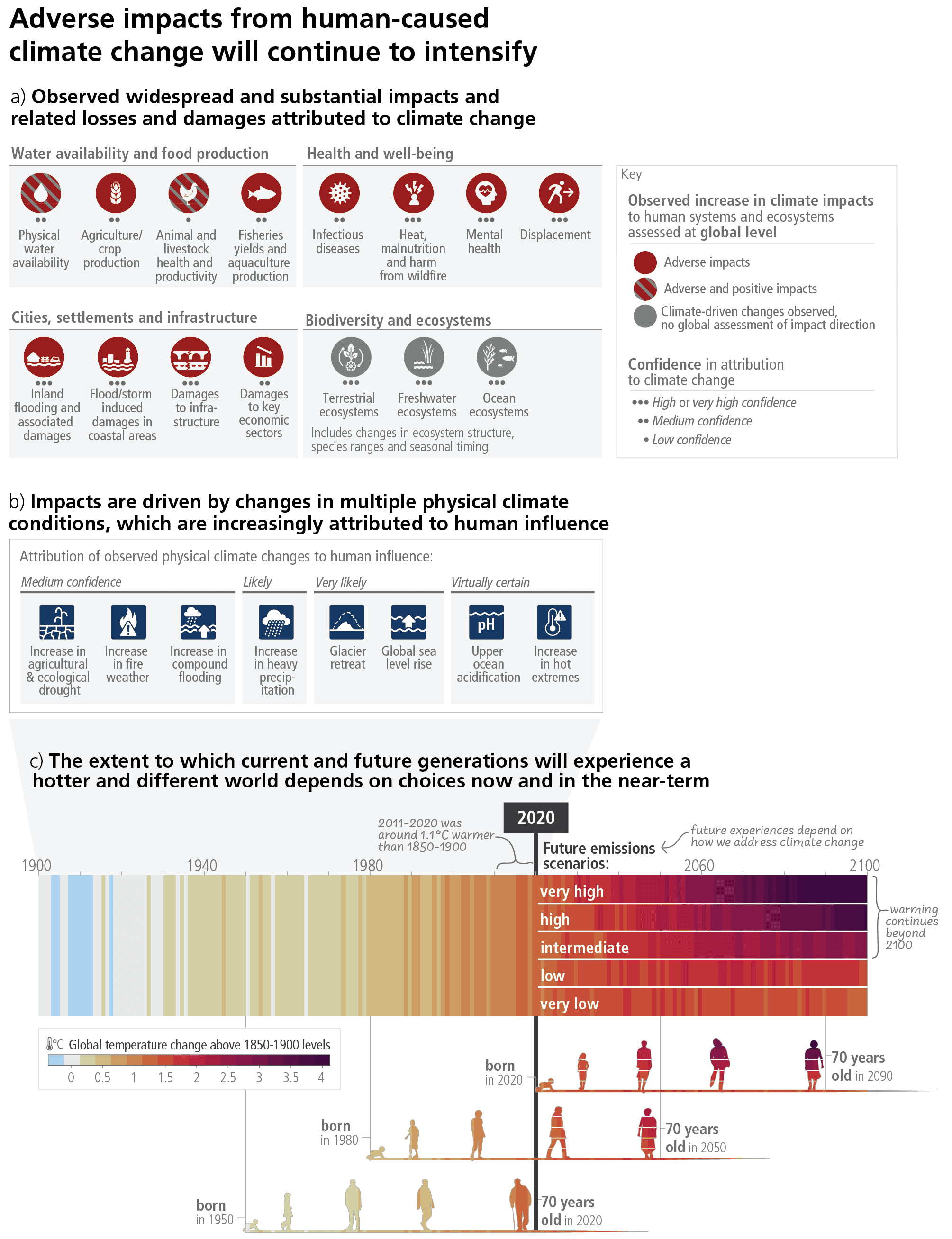FOOD BYTES IS A (ALMOST) MONTHLY BLOG POST OF “NIBBLES” ON ALL THINGS CLIMATE, FOOD, NUTRITION SCIENCE, POLICY, AND CULTURE.
It’s been a while, well, the whole summer, since I have written a Food Bytes blog. This summer was full of guilt-free laziness, ice cream eating, and beach combing. Witness the delicious vanilla Mr. Softee cone. On those sticky, hot, humid dog days of summer in NYC when nothing seems to be going right, this will do me just fine. But ketchup-inspired ice cream? That’s a hard no for me. Oh, but there was plenty of consumption of this on those long summer nights and some earlier “draft”ernoons. Pizza always comes to mind when discussing NYC and food in the same breath. Did you know NYC has gone through 4 evolutions of pizza making? Forgeddaboudit. Call me crazy, but I am still focused on the first evolution, and I’m stickin’ to it.
We saw lots of good music over the summer including DIIV at the beautiful Brooklyn Paramount, Jessica Pratt, OFF! (with the legendary Keith Morris), and Horse Lords in central LA. I also found myself not reading many scientific articles over the summer. Why do that to oneself when days can be spent lollygagging on grassy knolls? Instead,…wait for it…I read books! What a concept. But this week, I did manage to catch up on some light reading, and here are some highlights.
The New York Times has a new series of op-eds, “What to Eat on a Burning Planet.” A real picker-upper on the title alone. David Wallace Wells started the series with an op-ed on how food supplies will change and how climate change threatens the ability to continue to generate the yields needed to feed a growing population. There are a host of other good op-eds worth the read.
The Economist, a British weekly news magazine, hasn’t always given nutrition and food much attention, but lately, they seem to have changed their tune. I am a big fan of the Economist — this idea that you don’t know who the writers are behind the stories, their bravery in calling things as they see them, and, of course, the fantastic writing. They have paid homage to food and nutrition in three great articles.
They call for big food to contend with ultra-processed foods. They say, "If pressure from governments ratchets up, the food industry will have to do more than tweak its recipes or roll out new product lines. Companies would have to completely overhaul their manufacturing processes.”
They also focused on the idea that small investments in early child nutrition can make the world smarter and that undernutrition across the world persists. This is not new to those working in international nutrition, but it is nice to see broader attention to the topic.
At the same time, obesity is rising and seems unstoppable. The Economist argues that drugs (like the GLP-1 class) and taxes won’t be enough. The question is, why don’t we have more solutions that work, and why has no country been able to stop this trend? Don’t say it is willpower, please….
A lot is happening in the ongoing debates of livestock and meat production and consumption — one of the most juggernaut issues in food systems. Here are some highlights:
Source: Herzon et al 2024 Nature Food
The Good Food Institute—a nonprofit organization that promotes plant- and cell-based alternatives to animal products, particularly meat, dairy, and eggs—released a report that argues if Americans replaced 50% of their animal consumption (meat and dairy) with plant-based foods, 47.3 million fewer acres of cropland would be needed to grow that plant protein. Let’s see how that goes down with the livestock sector.
According to Vox, environmental NGOs help greenwash the livestock industry’s climate impact. They use the example of the World Wildlife Fund and their relationship with McDonalds who are part of a round table on sustainable beef (with WWF accepting millions from McDonalds to assist in the roundtable collaboration. Yikes.
More and more studies are better articulating the impacts of red meat consumption on non-communicable disease outcomes. This meta-analysis further confirms that a higher intake of red meat and processed meat increases the risk of type 2 diabetes incidence. A microsimulation model estimated that a 30% reduction in both processed meat and unprocessed red meat intake could lead to 1,073,400 fewer occurrences of type 2 diabetes, 382,400 fewer occurrences of cardiovascular disease, 84,400 fewer occurrences of colorectal cancer, and 62,200 fewer all-cause deaths over a 10-year period among an adult US population.
The evidence is building…maybe leading to more statements such as this. The question is, how? These authors suggest downsizing livestock herds and for those that remain in existence, ensuring they are sustainable and present a framework (see figure above) for how sustainable livestock systems fit into a safe operating space.
And what we don’t talk about enough is animal and human welfare associated with our unlimited appetite for animal meats. Michael Holtz wrote an illuminating and devastating account about working in a Dodge City meatpacking plant during the COVID-19 pandemic in 2021. I also highlighted the issue of young immigrant teenagers working in dangerous conditions at slaughterhouses in a past Food Bytes post.
Food prices, cost, and affordability are hot topics these days. Kamala has made minimizing food price gouging part of her future economic plan if she were to become president-elect. Some disagree with her strategy. The FAO’s State of Food Insecurity Report released its latest data on food affordability. While the number has come down this year from 3.1 to 2.83 billion people who cannot afford a healthy diet, it is still shockingly high and inequitable across regions of the world. FAO says: “In 2022, the number of people unable to afford a healthy diet dropped below pre-pandemic levels in the group of upper-middle- and high-income countries as a whole, while the group of low-income countries had the highest levels since 2017.” But still, food prices continue to rise, pushing up the cost of a healthy diet year on year. In 2022, costs went up 11% in just one year. A group out of IFPRI suggests that the cost and affordability of healthy diets need more investigation into their accuracy and if assumptions of these metrics skew what is actually affordable. Their analysis argues that the EAT-Lancet diet is not affordable for 2.13 billion people, not the 3.02 originally reported. I am not an economist or a specialist in this topic, so I cannot agree or disagree with these findings. However, I am a scientist, and opening debates and discussions on metrics is a healthy pursuit to get to the truth. In another paper published in Nature Food, authors analyze per capita budget shares for food and an additional 12 raw food categories, including ultra-processed food and beverages, across 94 countries from the period 1990 to 2019. They found that food expenditures are not the same worldwide, and low-income food demand does not necessarily mirror high-income demand. Of course, budget allocations align with income levels, food trade and production, and culture. Check out this figure to see how much it diverges across low to high-income countries.
Source: Liang et al 2024 Nature Food
A few other Bytes: This paper on the climate-food-migration nexus by Megan Carney is a doozy but so important. Hulsen et al. published a paper on how local food environments impact children’s diets. They did this work in Malawi and found significant differences between rural and urban food environments, and that, of course, access to more variety of foods in these markets has positive impacts on children’s diets. The New York Times has highlighted a study on tipping points that may just put the fear of god in you. Die-offs! Collapses! Ghostly coral reefs! Seriously, these are scary outcomes if we do nothing about climate and the science on tipping points has momentum. Speaking of tipping points, has Italy’s marine ecosystem reached one, and the result is blue crab invasions and infestations? In the worst-case scenario, tipping points could lead to massive destruction of precious ecosystems, food insecurity for billions, and, in some cases, famines. The world has witnessed cataclysmic famines in the past. The question remains as to why Gaza and Sudan have not been declared as famine states. NPR explains. Declaring a famine is not so simple…but it doesn’t mean inaction and complacency.
And if you need some recommendations on keeping up with the latest food systems news, if you don’t read and support Civil Eats, do so. If you were a fan of The Counter and were devastated when they closed shop, have no fear. Grist has come to the rescue, and their food reporting is awesome.
And for those of you who tear up every time you hear Gillian Welch’s Time (the Revelator), she and her partner, David Rawlings, have a new album out. It may just help you laze away the last days of summer. Enjoy!










